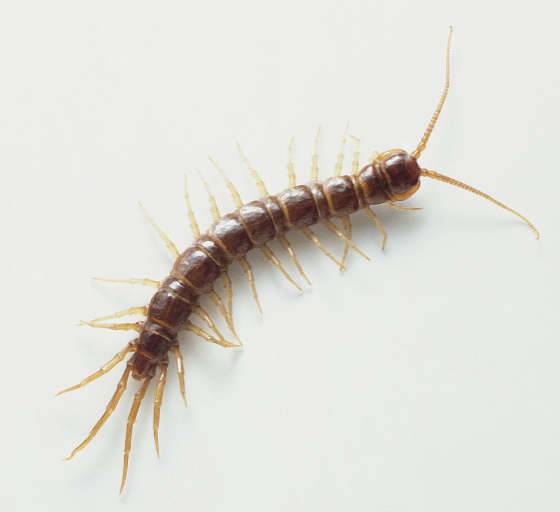Hello UK'ers,
I though this would be good here as i only want to concentrat on UK Bug.
I would like to hear of other people experiances with garden pests and how if at all they were dealt with.
First up is a nice easy one:
The Common Centepede (Lithobius forficatus)

Misconceptions about this little beastie are that it is a pest.. It is infact a gardeners friend, It has a pair of large poison fangs to kill its prey, but is not able to harm humans. It lives under stones or in decaying vegetation, often in compost heaps, emerging at night to hunt. It is a very useful predator of soil pests.
I often find massive ones in my compost heap or living in plant pots..
It feeds on ground dwelling invertebrates, including creatures larger than itself:
I often also find while digging something that looks about the same size but not as thick and a light shade of yellow.. I've yet to get a photo but when i do hopefully you guys will be able to help me identify it.
Next will be my nemisis ANTS!!
I though this would be good here as i only want to concentrat on UK Bug.
I would like to hear of other people experiances with garden pests and how if at all they were dealt with.
First up is a nice easy one:
The Common Centepede (Lithobius forficatus)
Misconceptions about this little beastie are that it is a pest.. It is infact a gardeners friend, It has a pair of large poison fangs to kill its prey, but is not able to harm humans. It lives under stones or in decaying vegetation, often in compost heaps, emerging at night to hunt. It is a very useful predator of soil pests.
I often find massive ones in my compost heap or living in plant pots..
It feeds on ground dwelling invertebrates, including creatures larger than itself:
- Fast woodlouse
- Flat-backed millipede
- Oniscus asellus
- Pink woodlouse
- Porcellio scaber
- White-legged snake millipede
I often also find while digging something that looks about the same size but not as thick and a light shade of yellow.. I've yet to get a photo but when i do hopefully you guys will be able to help me identify it.
Next will be my nemisis ANTS!!


